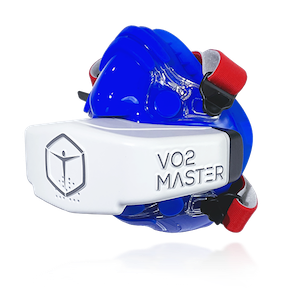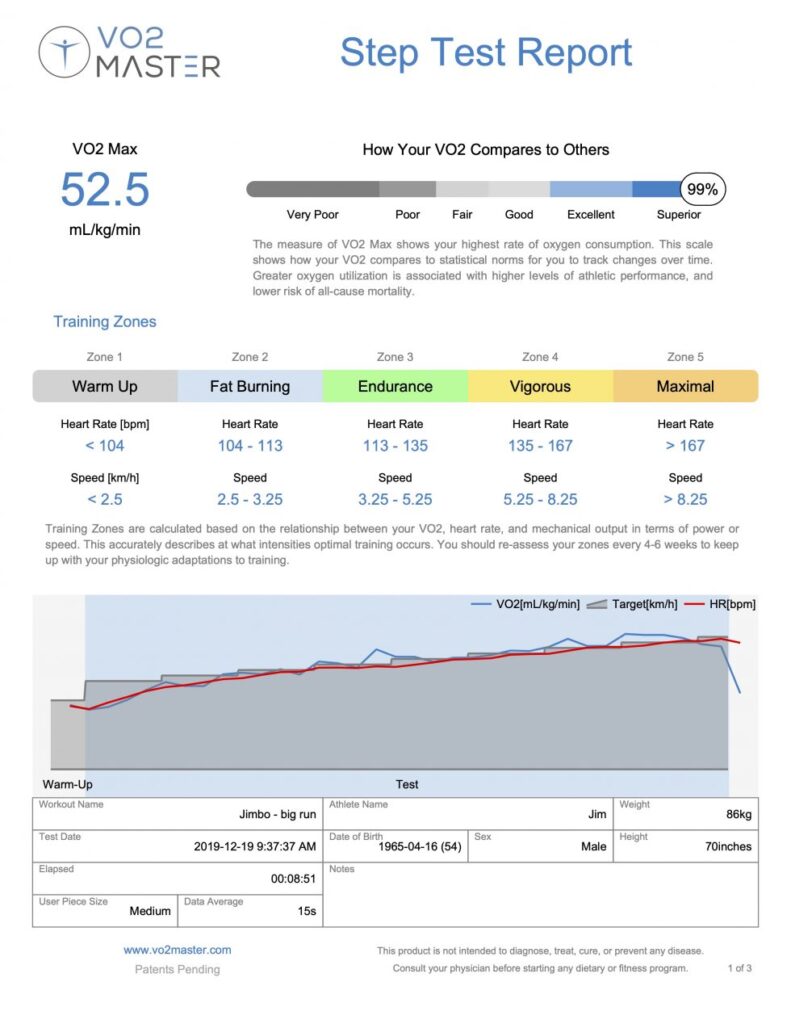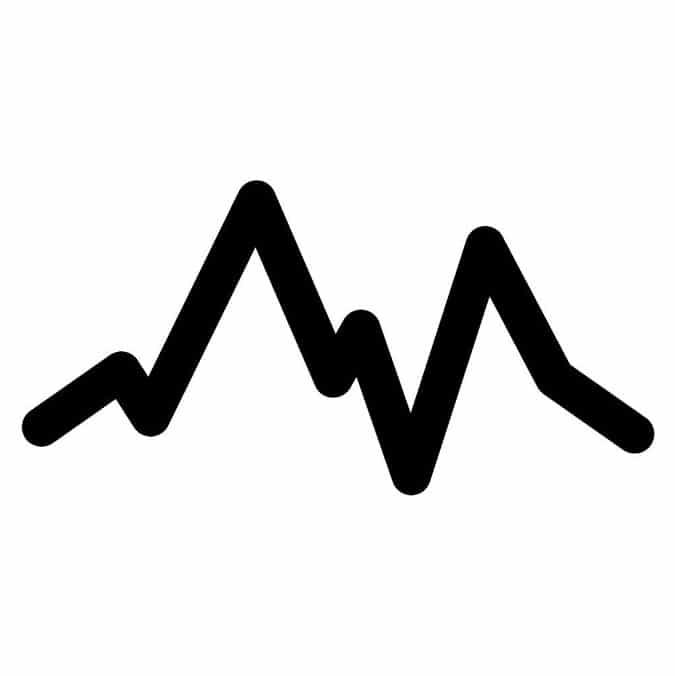Performance Testing: VO₂max & VT1 and VT2.

Your VO₂max and ventilatory thresholds (VT1 and VT2) will provide you with important insights about your cardiorespiratory fitness, such as how long you can sustain a certain intensity of exercise – which, for example, directly relates to your 5k run time.
VO2 max is an abbreviated term for maximum oxygen consumption: the maximum amount of oxygen that an individual can utilise during intense or maximal exercise.
Measuring, understanding and improving your VO₂max is key in endurance events lasting more than 2 minutes.
Having a larger VO₂max directly correlates to better performance and with the right training you can increase your VO₂max.

This test is the gold standard, and considered the best indicator of cardiovascular fitness and aerobic endurance.
It is a key performance indicator for sports such as running, triathlon, cycling, swimming, rowing, cross country skiing and team sports with aerobic demands due to its crucial role in endurance performance.
Why do i need it?
The more energy we can create with oxygen, the less fatiguing lactic acid we create, meaning you can work at a higher intensity without fatiguing.
During this test, you will:
Learn your VO₂ max, Ventilatory thresholds and individualised heart rate/pace training zones (not age predicted equations).
Maximise your training effectiveness. Train smarter and less for greater gains!
Identify your physiological strengths and weaknesses – and ways to improve your training.
You will leave the test with an excellent insight into your current fitness level and what’s required to improve.
By testing your VO₂ max and Ventilatory thresholds intermittently, you will be able to track your progress and achieve your performance goals.
How does it work?
This is an incremental exercise test, which means we start at a low intensity and gradually increase the intensity every minute until you reach exhaustion – it is designed to reach maximal effort.
Your oxygen consumption, heart rate, ventilation, and energy expenditure data is recorded constantly throughout the exercise test.
We can complete the test on a treadmill, @ the track or trails, but we need to make it reproducible.
Using a face mask (with inbuilt analyser), we directly measure the volume and gas concentrations of inspired and expired air.
What do i get?
A full digital copy of your results.
An easy to understand interpretation of your results and how to use your training zones.
A detailed summary report with all of your results including training zones and graphs (of : (VO₂, HR, Ve, Rf, Tv, FeO₂ and Ve/VO₂) will be emailed to you the day of testing.
What do i need to bring?
Please wear your workout/session gear (as you would a race), a towel, and drink bottle.
Prior to the test, you should be well rested by avoiding workouts/sessions OR strenuous physical activity in the preceding 24 hours, be well hydrated, and motivated to exercise maximally.
Try to avoid large meals in the 3 hours leading up to the test, and try to simulate your race day nutrition preparation.
NB – If scheduling a follow-up test, try to book in at a similar time and attempt to follow an identical preparation in the lead up to the test. This will improve the reliability of the test and more accurately determine your fitness improvements.
What next?
Now that you have your individualised training zones, you are able to train and race more effectively.
We recommend retesting every 3-6 months to gauge your improvement and reassess your training zones.
Cost?
Assessment & report: $297
